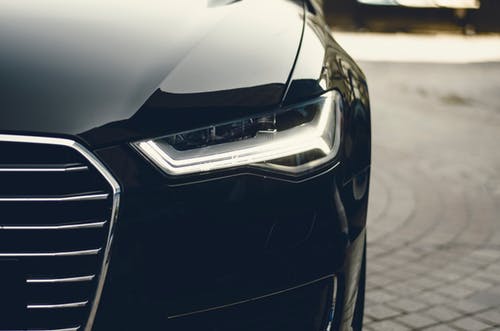Have you ever bought something and get it home just to realize in a few days of having it that it isn’t what you wanted it to be? Here are some tips to avoid that on a large purchase such as a new to you vehicle.
Outside
Check out the Exterior – Do a good walk around the outside of the vehicle, look for flaws, rust, dents, anything that might seem out of place. Take note of anything you find. Be sure to also look UNDER and at the exhaust system. Look for frame damage as this could mean there was an accident.
Open Doors – Open and close all doors, including the hood and trunk to make sure there are no issues with how they close, open or hidden rust.
Check the Tires – Tires should wear evenly, if they are not, this could mean there is a bigger issue such as a needed alignment, or front end components needing to be replaced.

Pop the Hood – You don’t have to be a mechanic for this part, just use common sense. Inspect the hoses, look for cracks. Look over the belts, make sure all look up to par with no sign of major wear. Look around and on the engine for any obvious leaks. Check the fluids, make sure they aren’t low (could be a sign of a leak) and make sure they look clean and free of debris.
Inside

Inspect the Seats – Look for wear spots, tears, or stains. If they are heated or cooled make sure that works on all seats that offer it.
Check the A/C & Heat – Make sure to turn on the A/C and Heat to make sure both work properly, check fan switch on all levels and make sure nothing smells weird or sounds odd, could be a sign of a component going out or a cabin filter needed.
Check Mileage – The average driver puts on roughly 10k to 15k miles a year. If the car has super low miles, that doesn’t always mean it is a great deal. Make sure to still complete all the steps for inspection. The car could have had a rough life in the short time it was driven.
Lights – Check that all the exterior lights work as they should, including turn signals. Also, check the dash to make sure all lights that should light u up are there as well as for any trouble lights that might be on. If a check engine light is on you can ask the Dealer to hook a scanner up to it to find out what is going on.

Driving
Be sure if you are serious about buying this vehicle that you test drive it.
Check the Brakes – Make sure the brake pedal feels right and they don’t make noise when you brake.
Drive – While driving, listen for misfires in the engine, any knocking or other sounds. Make sure it rolls smooth and doesn’t have any obvious issues going down the road. Make sure to drive it somewhere where you can get up to speed such as a highway or interstate to make sure there isn’t any vibrations in the tires.
Keys – If the car has a fob, make sure it works, along with a remote start if it is equipped. Also, be sure to ask the Dealer if it has a spare set of keys.

Ask for Vehicle History Report – There are many services out there that offer a history on the vehicle to make sure it hasn’t been in any accidents or to see how many prior owners it has. Be sure to ask for this from the Dealer. Also, check to see if the prior owner left receipts or a history report of their own in the owners manual, in the process, make sure all paperwork and manuals are with the car.
Be sure to picture yourself in the vehicle, will it suit your needs? Will it fit your family? Pets? Kids? Does it have enough cupholders?! Be sure to ask yourself all these questions so you don’t regret it later on!


